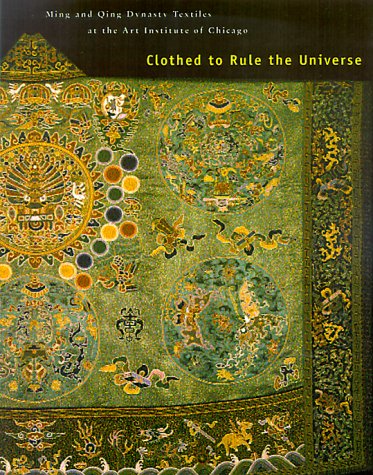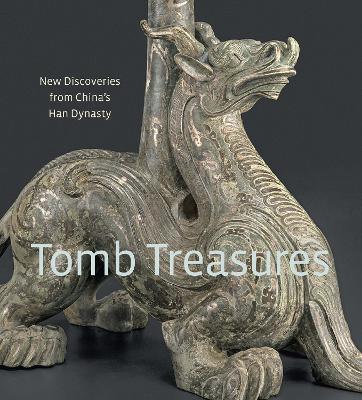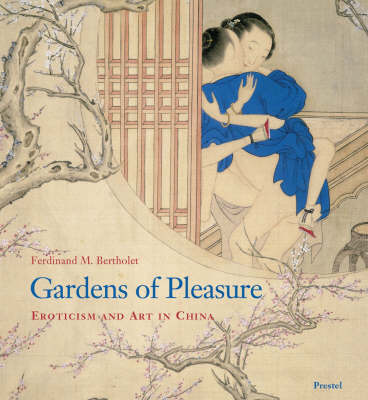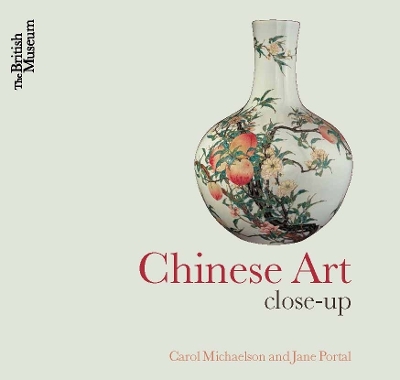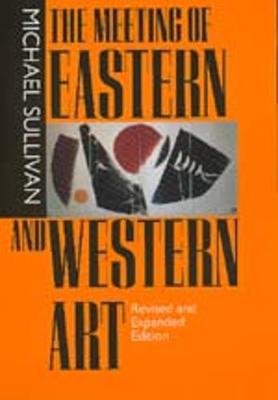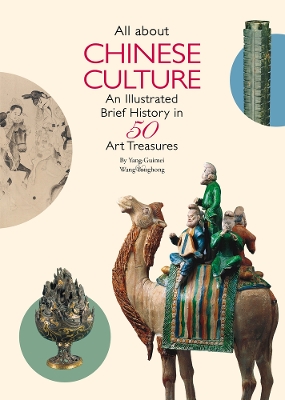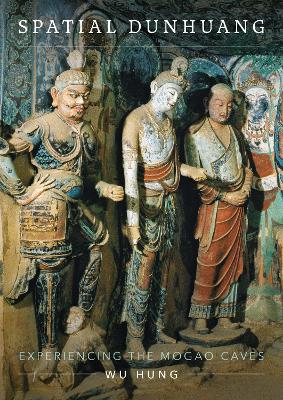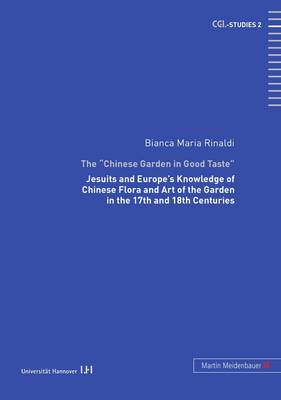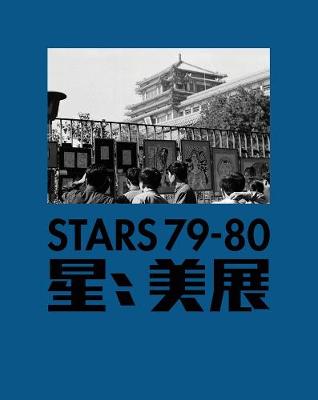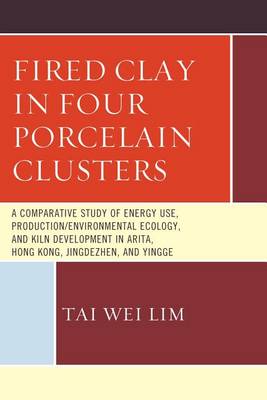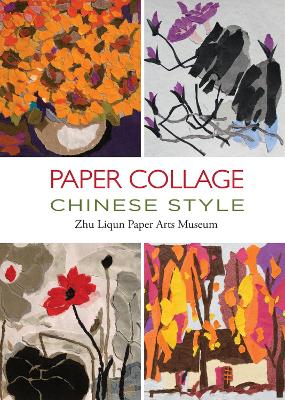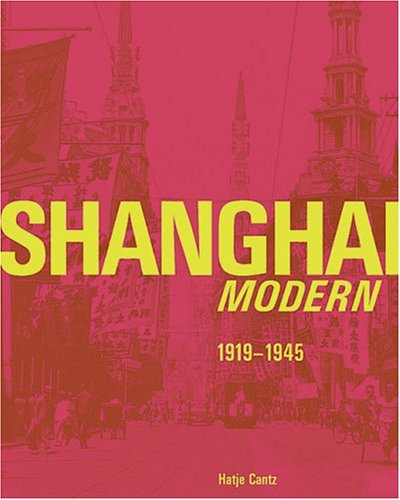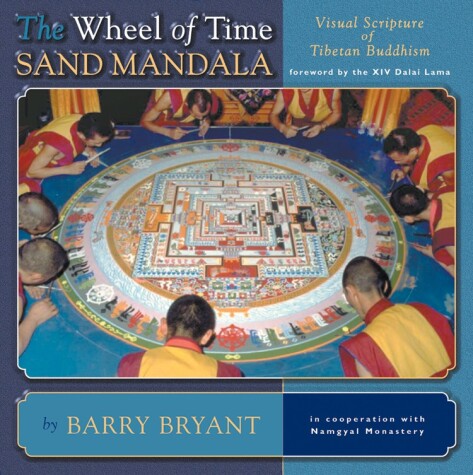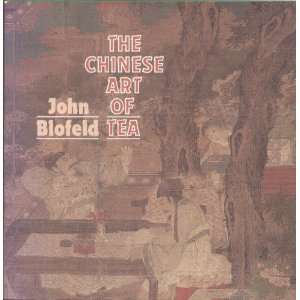This volume is a much-needed reference guide to the historical and cultural significance of Chinese toggles or zhuizi – carved pieces of jade, ivory, bone, wood, shell and semi-precious stones used by the Chinese in ancient times as counterweights to secure personal effects like tobacco pipes and money pouches to their belts. Over time, toggles became treasured objects of identity and expression, believed to bring the bearer good luck, happiness, fertility, longevity and health. The book explain...
"Clothed to Rule the Universe" showcases 60 objects from a collection of over 400 Chinese textiles dating from the 17th, 18th, and 19th centuries. Essays survey the entire collection and explore the fascinating history of Chinese textile-collecting in Chicago. Brief, engaging entries examine individual works, and include full technical data on each piece. Richly illustrated with full-color reproductions, this book serves as an essential reference source for all those interested in these brillian...
This stunning Chinese art book presents almost a hundred recently unearthed objects that offer a glimpse into the extraordinary wealth and artistic accomplishments of elite society during the Western Han Dynasty (206 BCE - 9 CE). These exquisite treasures are from newly discovered sites in the Jiangsu region of China and are made of gold, silver, jade, bronze, pottery, lacquer, and other refined materials. Masterworks include a full-length jade suit sewn with gold threads, an oversized coffin...
It was in the seventeenth century that myths of exotic "Cathay" began to be replaced by more definite knowledge of things Chinese, through the activities of English and Dutch traders. It was in the eighteenth century, however, that the taste for designs and architecture based on ideas of Chinese design - "Chinoiserie" - became highly fashionable in the French court, and in its many imitators throughout Europe. Ever since, Chinoiserie has been a factor in the decorative arts and interiors through...
Beautifully illustrated with an array of Chinese art, this book offers a closer look at the rich variety of styles, decoration, motifs and patterns – and the sheer craftsmanship – of Chinese culture. The book is arranged thematically and opens by taking a look at the essential nature and meaning of Chinese art. Chapters that follow place the objects and designs into their cultural context. Each of the intriguing and beautiful artworks is then explored further with amazing close-up views, allowin...
The Meeting of Eastern and Western Art, Revised and Expanded Edition
by Michael Sullivan
The meeting of Eastern and Western art is always more than a synthesis; it offers creative possibilities for interaction between East and West, a process in which the great civilizations preserve their own character while stimulating and enriching each other. In this book, Michael Sullivan leads the reader through four centuries of exciting interaction between the artists of China and Japan and those of Western Europe. From Hokusai to van Gogh, Sullivan shows how the study of artistic interpreta...
Constructed over a millennium from the fourth to fourteenth centuries CE near Dunhuang, an ancient border town along the Silk Road in northwest China, the Mogao Caves comprise the largest, most continuously created, and best-preserved treasure trove of Buddhist art in the world. Previous overviews of the art of Dunhuang have traced the caves' unilinear history. This book examines the caves from the perspective of space, treating them as physical and historical sites that can be approached, enter...
Healing, Purifying, and Manifesting through the Ancient Chinese Art of Qigong
by Sal Canzonieri
Art and Artists of Chinese Modern Painting, 1890-1949
by Yuheng Bao, Mu Lin, and Letitia Lane
In the late 1970s, at the close of the Cultural Revolution, a group of young, largely auto-didact artists in China endeavored to create artwork that would depart from present norms and reflect individual ideals. It was a period of hope for the future, full of energy permeating all levels of society. The artists came from a variety of backgrounds and had an even greater variety of artistic training and skill, but their ideas united them around a common goal. The first exhibition organized by the...
Fired Clay in Four Porcelain Clusters examines how energy use in the ceramics-making industry has evolved as a result of technological advancements and changing social norms and ideas in environmental conservation. Three main research themes are highlighted. First, the book examines how the evolving use of energy fuels has impacted the developmental history of the ceramics-making industry, especially with regard to productive output. The second theme focuses on energy use by networks of speciali...
This beautifully illustrated guide to Chinese paper collage art demonstrates the techniques and philosophy behind this creative and fun art form. Paper collage art has a special charm. It can be as exquisite as oil painting or as freehand (xieyi) as ink wash painting. A paper collage art is a perfect mean to express humor and romance, demonstrate subjective perspectives and emotions, record special moments, and depict favorite scenes. Collage Art teaches you how to pick up some magazines, new...
Shanghai Modern is the first publication ever devoted to the vigorous cultural exchange between Europe and China. The book sheds new light on the early years of China's opening to the West in essays by internationally renowned authors and presents a magnificent collection of works, many of which have never been shown before, by early exponents of Chinese modernism.
Here is a stunning visual introduction to the artistic and spiritual heart of Tibetan Buddhism. According to the monks who create it, the Kalachakra Sand Mandala, also known as the "Wheel of Time," imparts peace and healing to all beings and to the planet. Remarkable not only for its profound beauty but also for the intricate process of its construction—a delicate sifting of colored sands into elaborate patterns and symbols rich in meaning—the mandala serves as a visual scripture and vital key t...
Chinese Art and Dynastic Time (A. W. Mellon Lectures in the Fine Arts, #48)
by Wu Hung

